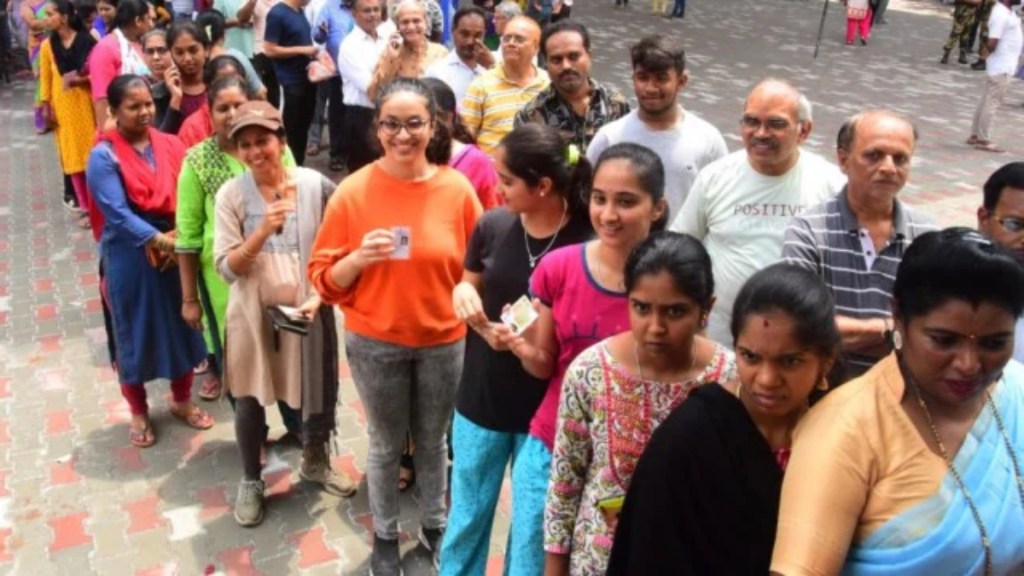The scale of the victory of the ruling alliances in both Maharashtra and Jharkhand should be a big relief as it marks political stability. Attempts by any of the alliance partners to play truant look remote because both the dominant parties (the Bharatiya Janata Party and the Jharkhand Mukti Morcha) have strengthened their positions. Maharashtra, in particular, has been a many-splintered battlefield for a very long time and the election results should put to rest the raging debate over which is the real Shiv Sena and the real Nationalist Congress Party, both of whom are now part of the ruling regime. The focus should therefore shift to good governance — something that both the states need badly, given their huge social and economic challenges.
Despite the setback in Jharkhand, the biggest winner, of course, is Prime Minister Narendra Modi and the BJP, which logged its best-ever electoral performance in Maharashtra. Given the setback in national polls earlier this year, Modi needed a big win in a politically significant state to shore up the support of his coalition partners and to dispel any indications of political weakness. It’s now obvious that there is simply no match for a party that is powered by a charismatic leader and an indefatigable network of workers, many of whom are foot soldiers of the Rashtriya Swayamsevak Sangh.
The biggest loser undoubtedly is the Congress party whose Lok Sabha poll euphoria lasted just five and a half months flat. The party has been swept out of Maharashtra and Haryana — battles it was expected to win — while it posted its worst ever tally in Jammu and Kashmir despite ally National Conference’s sweep, with the sole bright spot being Jharkhand as a junior ally to JMM. Ahead of this election in Maharashtra, on paper, the party had many things going for it. Palpable farmer distress, with the state’s main crops, soya bean and cotton, selling far below the minimum support price, was given a sharper edge by the double-digit food inflation. Unemployment was also taking a visible toll across the state’s rural and urban belts. In the end, however, Congress seemed obsessed with its improved performance in the Lok Sabha elections and, by all accounts, did little more than hope that its slogan of “Constitution in danger” would, along with its insistent refrain on caste census, again shore up its prospects and fell the BJP. The party’s bankruptcy of ideas is becoming much too obvious.
The real cautionary tale from the elections is the over-dependence on a free-lunch culture. While the Mahayuti made the enhanced Majhi Ladki Bahin scheme the centrepiece of its welfare outreach, the JMM won the day because of the Maiya Samman monthly cash dole of1,000. In Bengal, Mamata Banerjee’s party won all the six seats in the by-elections and claimed the Lakshmir Bhandar scheme has become a game changer in the Indian political landscape. It’s clear all these parties have found a new catchment of voters whose identities lay beyond the traditional buckets of community or region. Doling out cash to attract voters is fine as long as the states have the capacity to pay. But that’s clearly not the case. Maharashtra, for example, has to repay2.75 lakh crore of debt in seven years, and the state’s lofty economic reputation is in serious danger of being tarnished by growing farm distress and high unemployment. About the two other states, the less said the better. It’s time to walk the talk on good economics being good politics.

